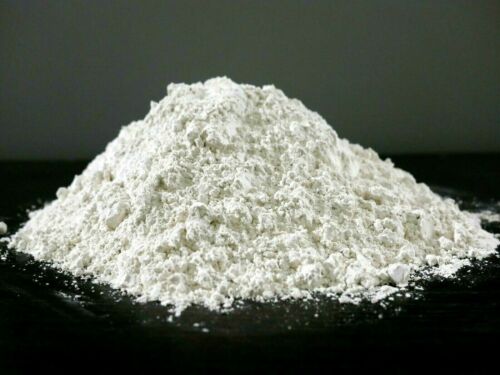The preparation method of vaterite calcium carbonate

There are three common crystal forms of calcium carbonate: aragonite, vaterite, and calcite. From the perspective of thermodynamic stability, the calcite type is the most thermodynamically stable crystal form and exists widely in nature; while the vaterite type is the most unstable, in a metastable state, and only exists in some fish in nature. Otolith organs, ascidian spicules, crustacean tissues.
There are two main ways to generate vaterite calcium carbonate, namely dissolution recrystallization and solid-solid phase direct transformation. At present, it is believed that the dissolution and recrystallization route is the main way to generate vaterite-type calcium carbonate, that is, amorphous calcium carbonate is generated as the initial phase in the solution. However, the solubility of vaterite-type calcium carbonate is relatively high, and dissolution and subsequent nucleation and growth of calcite-type calcium carbonate occur. Such a process occurs continuously, making vaterite-type calcium carbonate gradually transform into calcite-type calcium carbonate.
Starting from the formation route and mechanism, high-purity vaterite-type calcium carbonate is mainly prepared by inhibiting the dissolution and recrystallization process. At present, common preparation methods can be divided into three types: carbonization method, metathesis method and thermal decomposition method according to the principles involved in the synthesis process.
1. Carbonization
The carbonization method uses an alkaline solution containing soluble calcium salts as a calcium source, and prepares vaterite-type calcium carbonate by introducing CO2 gas into the solution and controlling the process conditions. The calcium source is mainly divided into two kinds of calcium hydroxide aqueous solution and calcium chloride alkaline solution. Therefore, two major systems prepared by carbonization method are also determined: Ca(OH)2-H2O-CO2 reaction system and CaCl2-NH3·H2O -CO2 reaction system. A large number of studies have shown that both systems can produce vaterite calcium carbonate well.
However, the carbonization method has the advantages of low cost and simple process equipment, and is currently the main industrial production method for preparing various types of calcium carbonate products at home and abroad. At the same time, researchers at home and abroad have increased the mass transfer rate and dispersion of CO2 gas in the solution by using devices such as gas dispersers, and improved the efficiency and yield of vaterite-type calcium carbonate. Therefore, vaterite-type carbonic acid is prepared by carbonization. Calcium has great application prospects.
2. Double decomposition method
The double decomposition method refers to mixing the calcium salt solution and the carbonate solution under certain conditions to generate a double decomposition reaction, and at the same time adding a crystal form regulator and controlling the reaction temperature, concentration and other factors to control the preparation of vaterite calcium carbonate. In general, during preparation, one solution can be quickly mixed into another solution for the reaction, or one solution can be introduced into the other solution by controlling the addition rate for the reaction, and stirring is required at the same time. Promote the metathesis reaction.
3. Thermal decomposition method
Thermal decomposition method is a new method for preparing vaterite calcium carbonate, mainly refers to the preparation of vaterite calcium carbonate by thermal decomposition of calcium bicarbonate and controlling conditions. Usually, the purpose of preparing vaterite-type calcium carbonate is achieved by controlling the decomposition temperature, decomposition time, stirring mode and additives by using a saturated aqueous solution of calcium bicarbonate.
The preparation principle of the thermal decomposition method is simple, the process is short, and the equipment requirements are low, but the purity of the product vaterite calcium carbonate is low, the decomposition time is long, and the decomposition reaction is difficult to control; at the same time, the temperature required in the production process is high and energy consumption is high. large and difficult to apply in practice. There are few domestic and foreign studies on this method, and a lot of work still needs to be done in theory and practice.
